(Credit: Survey USA, screenshot)
METHODOLOGY STATEMENT AND TOPLINE
How ASRL Survey Was Conducted
SurveyUSA interviewed 898 adults from the city of New York Thursday 08/04/11 through Monday 08/08/11. Of the interviews, 66% were completed using recorded-voice telephone calls to landline phones.The youngest-male method of respondent selection was used on these landline calls. 26% of interviews were completed by live operators who: hand-dialed cell phones; reached respondents determined to use a cell phone to receive calls; asked the research questions; and remained on the line until the cell-phone interview was completed. An additional 8% of interviews were completed by live operators, who hand-dialed cell phones but reached a respondent determined to use his/her cell phone as a supplementary not a primary phone. These 8% “cell supplementary” respondents are aggregated on the crosstabs as landline respondents. Random sample for both landline and cell phone respondents was purchased from SSI of Shelton CT. Responses were minimally weighted to U.S. Census targets for gender, age and race. Where necessary, questions and answer choices were rotated to prevent order bias, recency and latency effects. SurveyUSA assigns to each question within the instrument a theoretical margin of sampling error, but such error is useful only in theory, and though commonly cited in the presentation of research results, sampling error is only one of many types of error that may influence the outcome of an opinion research study. More practical concerns include the inability to contact some, the refusal of others to be interviewed and the inability of still others to speak the language. It is difficult to quantify non-sampling errors.
About SurveyUSA: SurveyUSA is a research innovator, with an unmatched 50-state track record for polling integrity and full disclosure. SurveyUSA has tracked 1,000 separate election contests for media clients and regularly conducts non-election research for commercial clients, academic institutions, governments and agencies. 1-800-786-8000, www.surveyusa.com.
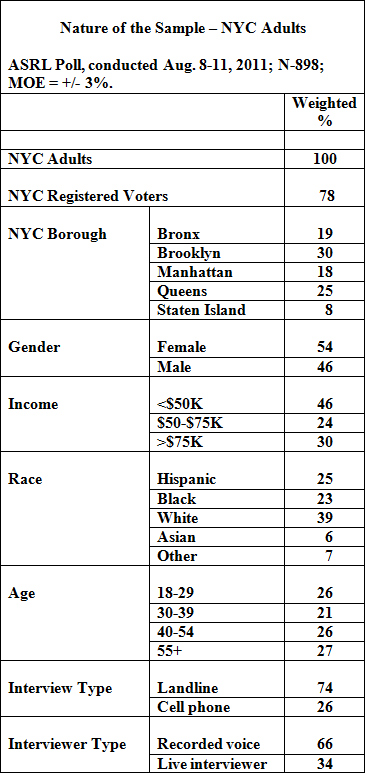 |
ASRL POLL TOPLINE
(Totals do not always equal 100% because of rounding.)
Q.2 [ASKED OF HALF SAMPLE; N=433; MOE = +/- 5%.]
As you may know, there has been an expansion of bicycle lanes in New York City. Which comes closer to your point of view: One: This is a good thing, because it’s greener and healthier for people to ride their bicycle, OR Two: This is a bad thing because it leaves less room for cars which increases traffic? [Responses randomly rotated.]
All Registered Voters
61% 60% Good thing
35% 35% Bad thing
4% 5% No opinion
Q.3 [ASKED OF HALF SAMPLE; N=465; MOE=+/- 5%.]
As you may know, there has been an expansion of bicycle lanes in New York City. Do you favor or oppose the expansion of bicycle lanes? Or don’t you have an opinion either way?
46% Favor
26% Oppose
28% No opinion/not sure
Q.4 [ASKED OF RESPONDENTS WHO SAID EXPANSION IS A GOOD THING, OR WHO SAID THEY FAVORED THE EXPANSION; N=479; MOE=+/- 5%.]
If there were NOT an expansion of bicycle lanes, how upset would you be?
16% Very upset
26% Somewhat upset
31% Not too upset
24% Not upset at all
2% Not sure
Q.5 [ASKED OF RESPONDENTS WHO SAID EXPANSION IS A BAD THING, OR WHO SAID THEY OPPOSED THE EXPANSION; N=271; MOE=+/- 6%.]
How upset are you because of the expansion of bicycle lanes?
35% Very upset
33% Somewhat upset
19% Not too upset
11% Not upset at all
1% Not sure
COMBINED RESULTS OF Q.2 AND Q.3 WITH RESULTS OF Q.4 AND Q.5
Respondents who said they were “very” or “somewhat” upset were included as “upset.”
Respondents who said they were “not too” or “not at all” upset, or who said they had no opinion or were not sure, were all included as “not upset.”
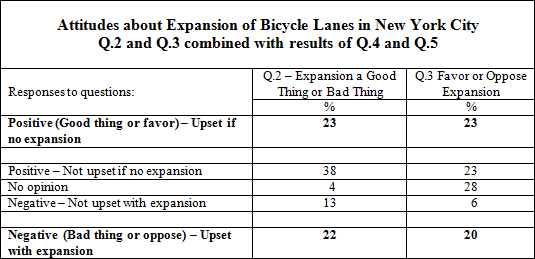 |
Q.6 [ASKED OF ALL; N=898; MOE = +/- 3%.]
How often do you personally ride a bicycle in a New York City bicycle lane?
71% Never
16% Occasionally
5% Few times a month
3% Few times a week
4% Almost every day
0% Not sure
Q.7 [ASKED OF ALL; N=898; MOE = +/- 3%.]
How often do you walk along a New York City street where there are bicycle lanes?
16% Never
28% Occasionally
15% Few times a month
18% Few times a week
22% Almost every day
1% Not sure
Q.8 [ASKED OF ALL; N=898; MOE = +/- 3%.]
How often do you drive along a New York City street with bicycle lanes?
31% Never
24% Occasionally
12% Few times a month
14% Few times a week
19% Almost every day
1% Not sure
Q.9 [ASKED OF ALL; N=898; MOE = +/- 3%.]
In the past year, how many times have you personally witnessed a dangerous situation in New York City involving a bicycle – such as the bicycle going the wrong way on a street, a bicycle riding on a sidewalk, or a bicycle coming close to striking a pedestrian, car or cyclist?
22% Never in the past year
26% Once or twice
20% 3 to 5 times
12% 6 to 10 times
19% More than 10 times
1% Not sure
Q. 10 [AMONG RESPONDENTS WHO SAID THEY ARE VERY OR SOMEWHAT UPSET BECAUSE OF THE EXPANSION OF BICYCLE LANES, OR WHO SAID THEY WOULD BE UPSET IF THERE WERE NO EXPANSION; N=406; MOE = +/- 5%.]
Ideally, what would you like to see in New York City?
15% No bicycle lanes at all
26% Fewer bicycle lanes than there are now
17% Exactly what there are now
39% More bicycle lanes than there are now
2% Not sure
Go to David Moore’s Bike Lane Poll Report here.
This Poll is part of iMediaEthics’ PollCheck project to fact check media polls.
More iMediaEthics polls found here


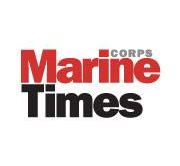
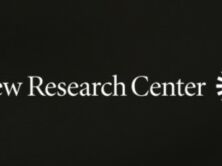

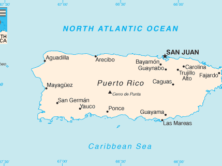
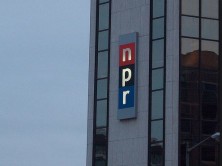
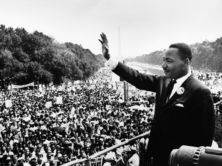
Comments Terms and Conditions